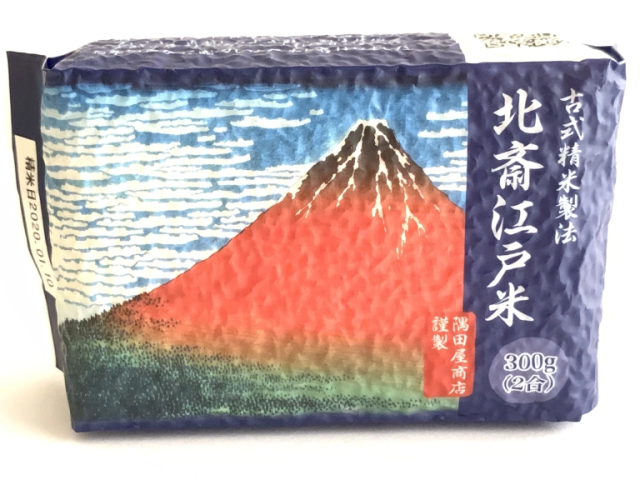
A Tokyo time trip for your taste buds.
Japan is a culinarily eclectic place, with the country’s penchant for importing and adapting international food trends giving us such modern innovations as Pikachu Cherry Blossoms Afro Pancakes and cheddar cheese tempura. But one thing that’s been a constant for hundreds and hundreds of years is that rice is the foundation of the Japanese diet.
That doesn’t mean that the rice people in Japan eat today tastes the same as what their samurai-era ancestors ate, though. We recently found out about a place in Tokyo that sells rice with the flavor of the Edo period, the stretch of Japanese history from 1603 to 1868, corresponding to the reign of Japan’s last shogunate.
This Edo Rice (or Edomai, as it’s called in Japanese) is offered at Sumidaya Shoten, a rice shop in the Sumida Ward of Tokyo (which used to be called Edo before it became Japan’s official capital). However, Edo Rice doesn’t get its name from being grown in Tokyo, but from being prepared using the centuries-old style that was used for rice in the Edo period.
As the de facto seat of power in the day, Edo’s population needed more rice than could be grown nearby. Edo rice merchants would buy rice from around the country, have it shipped to Edo, carefully selecting the best regional varieties to blend together. Sumidaya Shoten follows this tradition with a resident rice connoisseur handling the selection, but the key link to the past is in how Edo Rice is polished.
In simple terms, “polishing” the rice involves buffing the kernels to remove their rough, outer layers. Nowadays, modern machinery makes it easy to remove as much of the outer layer as rice sellers want to, and removing more of it results in kernels with a bright white color that’s considered extra-appetizing in Japan.
▼ Modern-polished white rice
Back in the Edo period, though, rice millers had to rely on water wheels to turn their grindstones, and this less-efficient (compared to modern machinery) system meant that only a thin strip of the outer layer was removed from the rice.
Sumidaya Shoten isn’t so old school that it uses a water wheel, but it does configure its machinery to remove far less of the rice’s outer layer, resulting in rice with a distinct amber color.
▼ Edo Rice
▼ Modern white rice (left) vs. Edo Rice (right)
While you can cook Edo Rice like any other variety, Sumidaya Shoten’s staff does have a few recommendations. First, a light washing is best, they told us. A quick two or three rinses prior to cooking is all you need.
▼ The water quickly turns a milky white with Edo Rice.
Next, Sumidaya Shoten suggests an extra-long soak, leaving the rice in water for two to three hours before cooking.
Oddly enough, once it’s time to actually cook the rice, the staff told us it’s best to use your rice cooker’s high-speed cooking mode. They’re not sure of the exact reason why, but somehow bringing the rice cooker up to its full cooking temperature as quickly as possible results in the best flavor, they’ve found.
Once the cooking was done and we opened the lid of our rice cooker, though, we were in for a major surprise…
…because despite the amber color of the pre-cooked kernels, Edo Rice cooks up as snowy white as any other rice we regularly buy in Japan.
▼ Modern white rice (left) and Edo Rice (right)
But while Edo Rice may look like the extra-polished stuff, it has a fragrance and flavor all its own. By leaving more of the upper layers of the kernels intact, Edo Rice has an extra-grainy aroma that entices you to bite into a mouthful as soon as possible. Once you do, you’re rewarded with a deeper flavor than modern rice varieties, one that seems to become sweeter and sweeter as you chew and smell it.
Edo Rice is sold in two sizes: a 300-gram (10.6-ounce) pack bearing a beautiful ukiyo-e rendering of Mt. Fuji for 648 yen (US$6.30), or a more utilitarian five-kilogram sack for 2,450 yen.
5kgで2450円(税別)と思えない味……
— 🍆あやぽん🍆(伊達彩香)🍆 (@ayaka0212v) March 6, 2020
ありがとう古の技術…… pic.twitter.com/JnR6khUHil
Between the Kyoto restaurant serving one of the favorite foods of famed samurai warlord Akechi Mitsuhide, the return of a milky snack loved by Japanese court nobles 1,000 years ago, and now this, we’re happy to be having so many ways to let our taste buds time travel back in Japanese history, plus have another reason to use our new portable rice cooker.
Shop information
Sumidaya Shoten / 隅田屋商店
Address: Tokyo-to, Suida-ku, Higashi Komagata 1-6-1
東京都墨田区東駒形1-6-1
Open 9 a.m.-6 p.m.
Closed Mondays
Website
Photos ©soraNews24
● Want to hear about SoraNews24’s latest articles as soon as they’re published? Follow us on Facebook and Twitter!
[ Read in Japanese ]
Follow Casey on Twitter, where he’s amazed the rice cooker he bought more than 20 years ago still works fine.

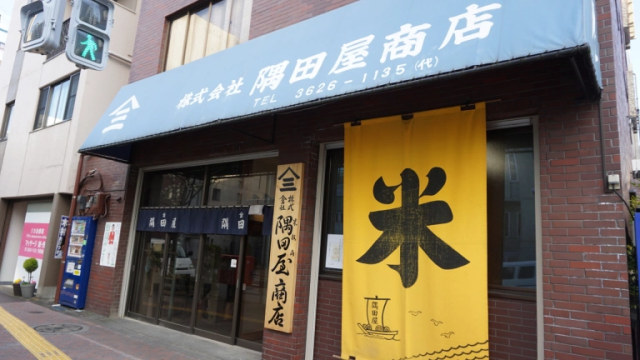
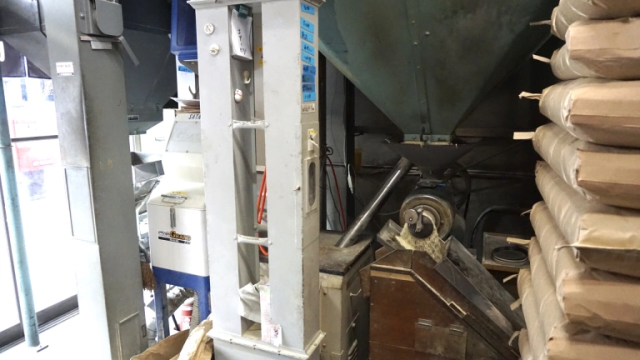
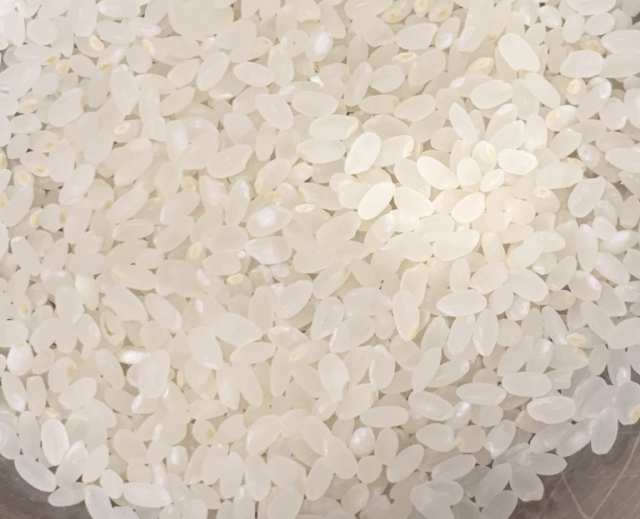
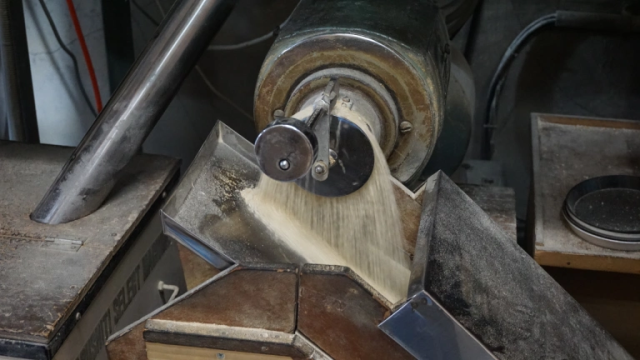
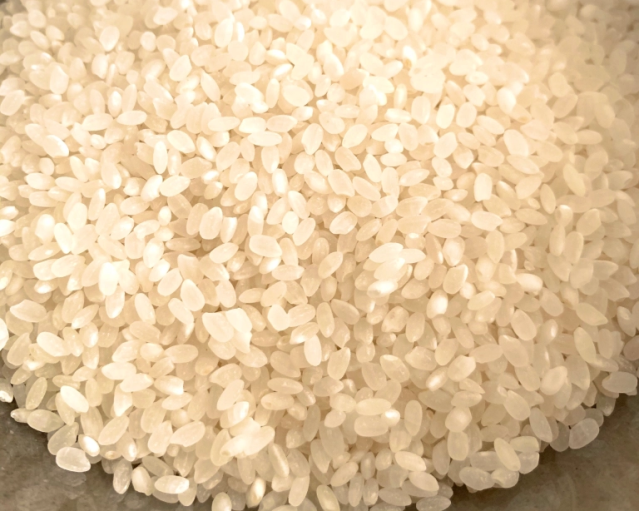
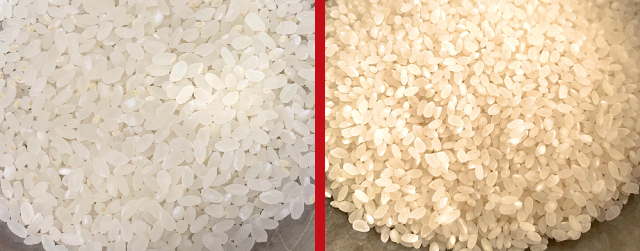
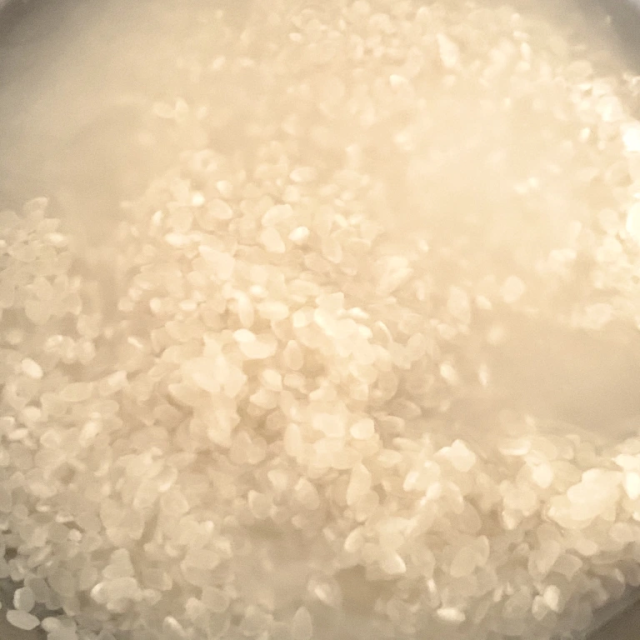
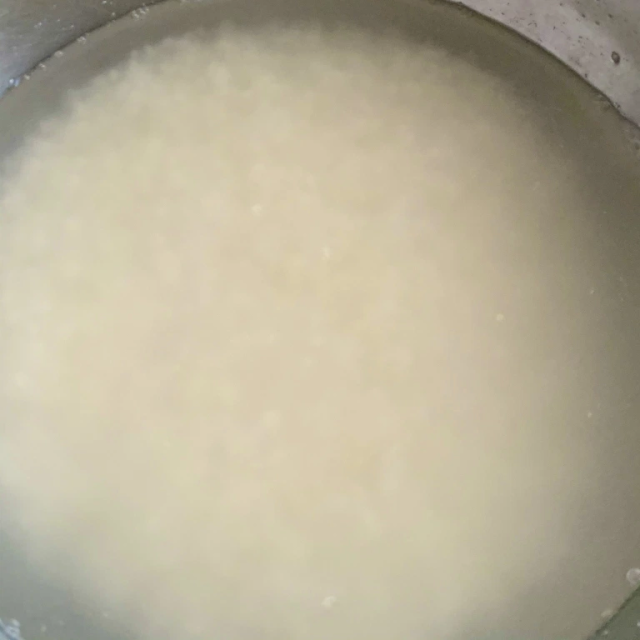
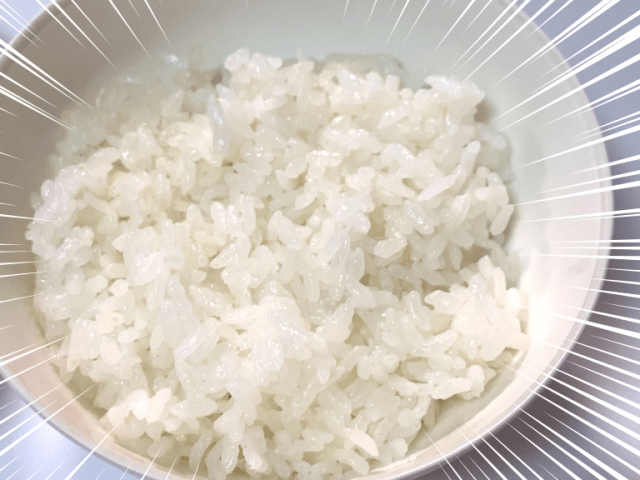
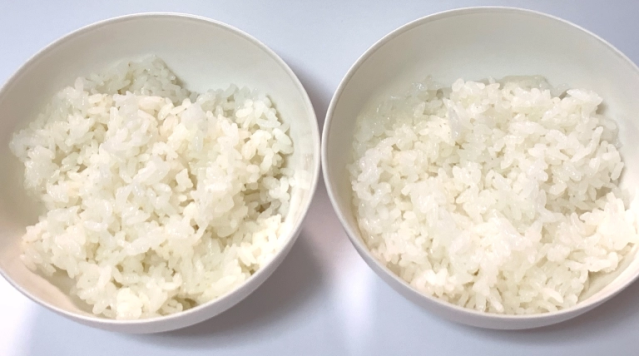

 What would a samurai-era cat cafe look like? Like the brand-new Edo Cat Cafe opening in Tokyo!
What would a samurai-era cat cafe look like? Like the brand-new Edo Cat Cafe opening in Tokyo! The depressing diet of a Tokyo prostitute during Japan’s Edo period
The depressing diet of a Tokyo prostitute during Japan’s Edo period It’s like the samurai era never ended at this beautiful Japanese mountain town
It’s like the samurai era never ended at this beautiful Japanese mountain town Japanese bento serves up a slice of the samurai life in a special carry case
Japanese bento serves up a slice of the samurai life in a special carry case What did Japanese curry taste like 150 years ago? This instant curry pack lets you find out
What did Japanese curry taste like 150 years ago? This instant curry pack lets you find out What makes a good boss in Japan? Workers sound off in survey
What makes a good boss in Japan? Workers sound off in survey Things get heavy with the Gold Lucky Bag from Village Vanguard
Things get heavy with the Gold Lucky Bag from Village Vanguard Dragon Quest Burgers and Slime drinks are coming to McDonald’s Japan【Video】
Dragon Quest Burgers and Slime drinks are coming to McDonald’s Japan【Video】 Japanese beef bowl chain Sukiya’s 2026 Smile Box lucky bag basically pays for itself
Japanese beef bowl chain Sukiya’s 2026 Smile Box lucky bag basically pays for itself Rakuten randomly offers 58 New Year’s osechi feasts in Japan, but did we get a star or a dud?
Rakuten randomly offers 58 New Year’s osechi feasts in Japan, but did we get a star or a dud? Top Japanese cosplayer Enako returns to Comiket after 6 years, creates mayhem with admirers
Top Japanese cosplayer Enako returns to Comiket after 6 years, creates mayhem with admirers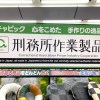 Akihabara pop-up shop sells goods made by Japanese prison inmates
Akihabara pop-up shop sells goods made by Japanese prison inmates Brand-new Pokémon park opens in Japan with larger-than-life-size Lapras【Photos】
Brand-new Pokémon park opens in Japan with larger-than-life-size Lapras【Photos】 “Hey, Japanese taxi driver, take us to the best seafood joint in Otaru!”
“Hey, Japanese taxi driver, take us to the best seafood joint in Otaru!” Manga artist and adult filmmaker lists Miyazaki anime among the worst, “most dangerous” out there
Manga artist and adult filmmaker lists Miyazaki anime among the worst, “most dangerous” out there Starbucks Japan ready to get Year of the Horse started with adorable drinkware and plushies【Pics】
Starbucks Japan ready to get Year of the Horse started with adorable drinkware and plushies【Pics】 Hayao Miyazaki says Happy New Year to Studio Ghibli fans with new art for Year of the Horse
Hayao Miyazaki says Happy New Year to Studio Ghibli fans with new art for Year of the Horse Cup Noodle tries an authentic Jiro-style ramen, but something’s not quite right
Cup Noodle tries an authentic Jiro-style ramen, but something’s not quite right The best Starbucks Japan Frappuccinos we want to drink again in 2026
The best Starbucks Japan Frappuccinos we want to drink again in 2026 We revisited Sweets Paradise after a decade to see if Japan’s dessert buffet still delivers
We revisited Sweets Paradise after a decade to see if Japan’s dessert buffet still delivers That time Seiji called JASRAC to ask why he didn’t get paid royalties for his song being on TV
That time Seiji called JASRAC to ask why he didn’t get paid royalties for his song being on TV We found possibly the quietest Japanese-style hotel in Tokyo’s bustling Shinjuku district
We found possibly the quietest Japanese-style hotel in Tokyo’s bustling Shinjuku district Pizza Hut Japan’s hot lucky bags are perfect for a New Year’s pizza party
Pizza Hut Japan’s hot lucky bags are perfect for a New Year’s pizza party Japan’s oldest largetooth sawfish in captivity back on display in Mie Prefecture
Japan’s oldest largetooth sawfish in captivity back on display in Mie Prefecture 7-Eleven Japan starts new temporary luggage storage service in over 300 branches
7-Eleven Japan starts new temporary luggage storage service in over 300 branches Disillusionment at Tsukiji’s tourist-target prices led us to a great ramen restaurant in Tokyo
Disillusionment at Tsukiji’s tourist-target prices led us to a great ramen restaurant in Tokyo Starbucks teams up with 166-year-old Kyoto doll maker for Year of the Horse decorations【Photos】
Starbucks teams up with 166-year-old Kyoto doll maker for Year of the Horse decorations【Photos】 Tokyo considering law requiring more trash cans following litter increase in heavily touristed area
Tokyo considering law requiring more trash cans following litter increase in heavily touristed area Tokyo’s Tsukiji sushi neighborhood asks tour groups to stay away for the rest of the month
Tokyo’s Tsukiji sushi neighborhood asks tour groups to stay away for the rest of the month Tokyo event lets you travel back in time, for free, to celebrate 100 years since Showa era start
Tokyo event lets you travel back in time, for free, to celebrate 100 years since Showa era start Japan may add Japanese language proficiency, lifestyle classes to permanent foreign resident requirements
Japan may add Japanese language proficiency, lifestyle classes to permanent foreign resident requirements Sanrio theme park in Japan announces plans to expand into a Sanrio resort
Sanrio theme park in Japan announces plans to expand into a Sanrio resort Stamina-destroying “Paralysis Noodles” are Tokyo’s newest over-the-top ramen innovation
Stamina-destroying “Paralysis Noodles” are Tokyo’s newest over-the-top ramen innovation Survey asks foreign tourists what bothered them in Japan, more than half gave same answer
Survey asks foreign tourists what bothered them in Japan, more than half gave same answer Japan’s human washing machines will go on sale to general public, demos to be held in Tokyo
Japan’s human washing machines will go on sale to general public, demos to be held in Tokyo Japan’s deadliest food claims more victims, but why do people keep eating it for New Year’s?
Japan’s deadliest food claims more victims, but why do people keep eating it for New Year’s? We deeply regret going into this tunnel on our walk in the mountains of Japan
We deeply regret going into this tunnel on our walk in the mountains of Japan Studio Ghibli releases Kodama forest spirits from Princess Mononoke to light up your home
Studio Ghibli releases Kodama forest spirits from Princess Mononoke to light up your home Major Japanese hotel chain says reservations via overseas booking sites may not be valid
Major Japanese hotel chain says reservations via overseas booking sites may not be valid Put sesame oil in your coffee? Japanese maker says it’s the best way to start your day【Taste test】
Put sesame oil in your coffee? Japanese maker says it’s the best way to start your day【Taste test】 No more using real katana for tourism activities, Japan’s National Police Agency says
No more using real katana for tourism activities, Japan’s National Police Agency says Starbucks Japan reveals new sakura drinkware collection, inspired by evening cherry blossoms
Starbucks Japan reveals new sakura drinkware collection, inspired by evening cherry blossoms Updated cherry blossom forecast shows extra-long sakura season for Japan this year
Updated cherry blossom forecast shows extra-long sakura season for Japan this year Mr. Sato shows us what happens when you try to cook rice with only eggs 【SoraKitchen】
Mr. Sato shows us what happens when you try to cook rice with only eggs 【SoraKitchen】 Coffee-infused rice for rice balls and curry? Taste-testing a recipe from Japan’s coffee experts
Coffee-infused rice for rice balls and curry? Taste-testing a recipe from Japan’s coffee experts Toei Kyoto Studio Park takes you back in time to Edo period Japan, but all is not what it seems
Toei Kyoto Studio Park takes you back in time to Edo period Japan, but all is not what it seems What happens when you cook beer with potato chips in a rice cooker?
What happens when you cook beer with potato chips in a rice cooker? Japan has an awesome one-person bento box rice cooker, and here’s what we made with ours
Japan has an awesome one-person bento box rice cooker, and here’s what we made with ours With Japanese rice prices going crazy, can California rice win over our Japanese taste-testers?
With Japanese rice prices going crazy, can California rice win over our Japanese taste-testers? Japan has coin-operated public rice-polishing machines, and they’re super easy to use
Japan has coin-operated public rice-polishing machines, and they’re super easy to use Ultimate lazy sukiyaki – Can you make the king of Japanese hot pots in a rice cooker?【Taste test】
Ultimate lazy sukiyaki – Can you make the king of Japanese hot pots in a rice cooker?【Taste test】 Testing out a Japanese rice cooker bag from a 100-yen store
Testing out a Japanese rice cooker bag from a 100-yen store We test the new two-in-one curry rice cooker from Japan that’s got everyone talking【Video】
We test the new two-in-one curry rice cooker from Japan that’s got everyone talking【Video】 Shinjuku Bento surprises us with historic ingredient from the samurai era
Shinjuku Bento surprises us with historic ingredient from the samurai era Don’t throw out leftover rice! Testing to find the best rice freezing/microwaving container
Don’t throw out leftover rice! Testing to find the best rice freezing/microwaving container Our Japanese-born reporter tries California-grown rice, gets his mind blown【Taste test】
Our Japanese-born reporter tries California-grown rice, gets his mind blown【Taste test】 Authentic ninja power pellet snacks on sale again in Tokyo thanks to the coronavirus【Taste test】
Authentic ninja power pellet snacks on sale again in Tokyo thanks to the coronavirus【Taste test】 Bugs for dessert? Taste-testing Japan’s wasp dumplings and locust rice crackers【Taste test】
Bugs for dessert? Taste-testing Japan’s wasp dumplings and locust rice crackers【Taste test】 What’s it like to eat an enormous panda onigiri rice ball that weighs over two pounds?
What’s it like to eat an enormous panda onigiri rice ball that weighs over two pounds?
Leave a Reply